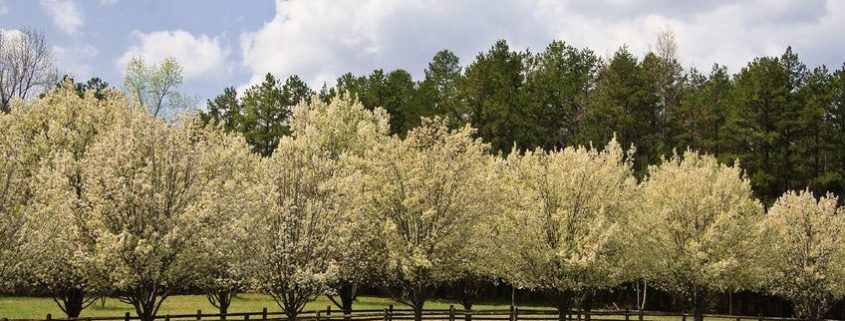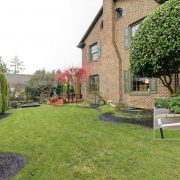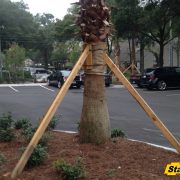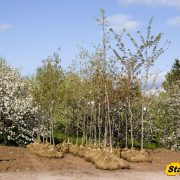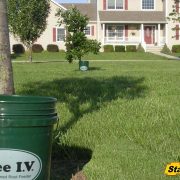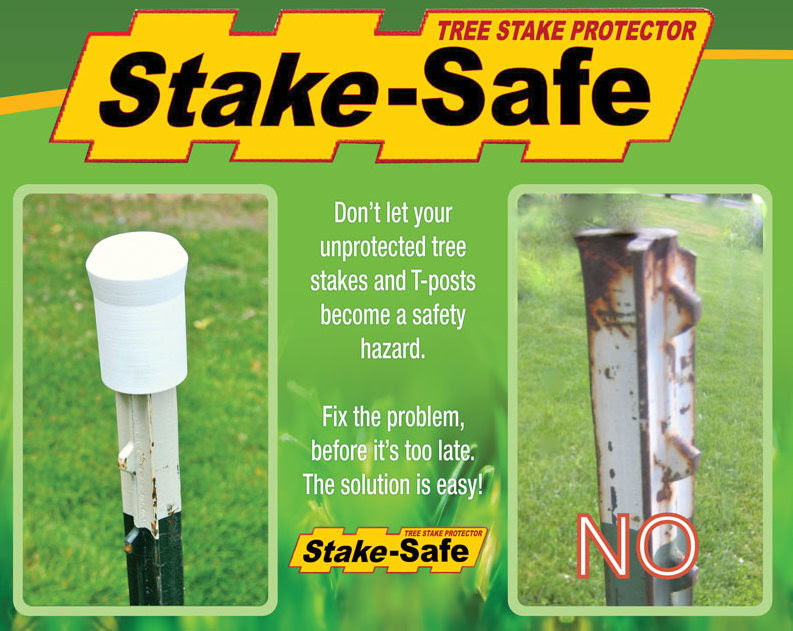Avoid Planting Fast Growing Trees When Possible | Or Should You?
Here’s a contradiction, today I am telling you to avoid planting fast growing trees when possible. Yet in a previous article I recommended several fast growing trees you could plant in your yard. I know what you are thinking “come-on man, make up your mind!” Ok, you caught me, but the truth of the matter, like everything else in the landscaping world, there are pros and cons to anything you plant.
In a nutshell, here is why I would avoid planting fast growing trees when you can. In general terms, fast growing trees tend to be weaker. Meaning you may find one laying in your yard or worse, fallen on the roof of your house after an ice storm or high winds. Many of the species are more susceptible to disease and rot as well.
Why You Should Avoid Planting Fast Growing Trees:
Bradford Pear Tree
I am really torn on this one. Bradford Pear Trees are absolutely magnificent when in full bloom. Just take a peek at the tree lined driveway in the photo above. The symmetrical shape is beautiful, and since they grow fast they can provide a stunning landscape for a new home in just a few seasons. Bradford Pear Trees grow rapidly to a height of 40 feet, with a span of 25 feet or more. The problem is that their large branches are prone to split away from the trunk when burdened with snow or ice. To make matters worse they have a very short life span. Nice tree though!
Leyland Cypress
If you live on a farm or a large lot you may want a row of 70-foot tall trees to act as a giant hedge, windbreak, or privacy fence. While the Leyland Cypress fits the bill, it has its downfalls as well. The trees are susceptible to a wide range of diseases and insect infestations. You can add these to your horticulture studies: Bagworms, cercospora needle blight, seiridium canker, botryosphaeria canker. That’s a mouthful, and lest we forget root disease?
Black Walnut
The Black Walnut is yet another beautiful tree that you could go both ways on. While I am about to tell you all the reasons why you want to avoid planting this tree; conversely, if planted away from your home and vegetable garden, at a height of over 80 feet it can be a beautiful shade tree. Now here is what you need to know: The roots of a Black Walnut Tree produce a chemical that is harmful to Azaleas, Peonies, and Rhododendrons, not to mention your vegetables. You won’t want it anywhere near your tomatoes, peppers, blueberries or potatoes. Additionally, the husks of the nuts can be pesky and annoying.
White Pine
To some degree, I could include all pine trees in an article about why you should avoid planting fast growing trees, but to be honest the White Pine Tree tops them all. These trees are affected by numerous diseases including white pine decline. Which, if you didn’t already know, causes the needles to discolor and turn brown, makes the bark shrivel up, and ultimately kills the tree in most cases.
Sycamore Trees
The Sycamore Tree is a majestic tree and often found when reading classic literature tales. While the magnificent trees can tower over your yard reaching heights of up to 100 feet in some zones, they have a down side as well. Personally, I hate the yard maintenance involved from constantly picking up twigs and debris to some serious raking. Like many other fast-growing trees, the Sycamore is victimized by several diseases including anthracnose, canker, and leaf spot. They can also become infested with Japanese Beetles.

